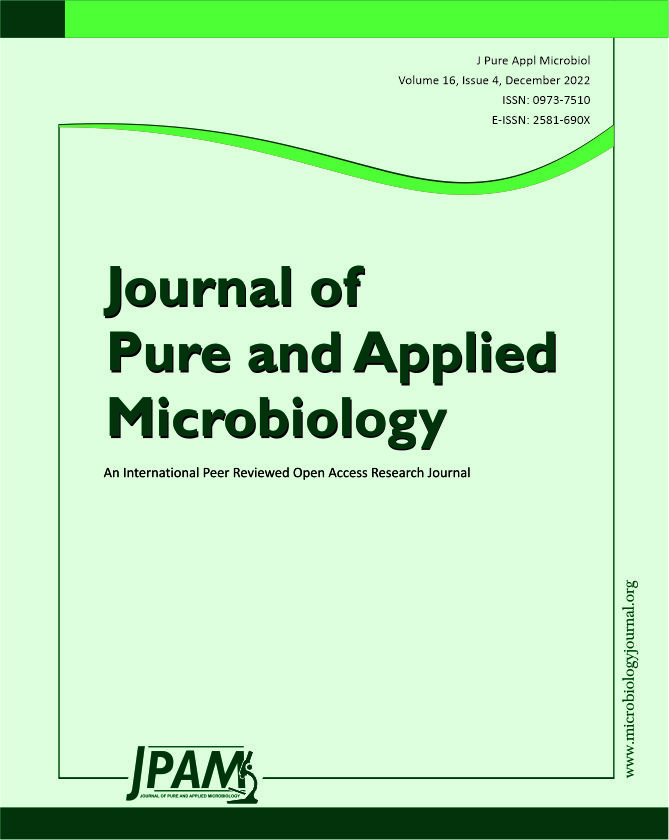WHO estimates show that 296 million people were living with chronic hepatitis B infection in 2019 with 1.5 million new infections occurring every year and approximately 290 000 people died from hepatitis C, mostly from cirrhosis and hepatocellular carcinoma. The prevalence and trends of Hepatitis B and Hepatitis C infections were affected during the pandemic, hence this study aimed to compare the difference in prevalence rates, trends, demographic data, and outcomes of Hepatitis B and Hepatitis C cases in pre-pandemic and pandemic era. The study was carried out in a 1060 bedded tertiary care teaching hospital located 90 kilometers away from Hyderabad, Telangana catering to a majorly rural population from around 200 villages. This study was a retrospective observational study where data of 4 years (March 2018 to Feb 2022) of patients whose samples were sent to Microbiology laboratory and were found to be positive for Hepatitis B surface antigen (HBsAg) or antibodies to Hepatitis C (Anti-HCV) were included. The medical records of Hepatitis B and Hepatitis C positive cases were analysed for demographic data like age, sex, address, requesting department, and present status retrieved from the hospital information system. The prevalence rates of Hepatitis B and Hepatitis C infections and trends every year were calculated and compared. Out of the total 39,578 samples tested for Hepatitis B surface antigen, 413 were positive with a seroprevalence of 1.04%. Among the 20,394 samples tested for anti-Hepatitis C antibodies, 53 samples were found to be positive showing a seroprevalence of 0.25%. There was a 23.63% decrease in the number of samples received during the pandemic period demonstrating the impact of COVID-19 on various laboratory testing. Male predominance was observed for both Hepatitis B (65.37%) and Hepatitis C (56.60%) positivity in this study. Hepatitis B was highest in the 61-80 years age group before the pandemic but during the pandemic, Hepatitis B positivity was equally distributed in the 41 to 60 years and 61-80 years age groups. Hepatitis C positive cases were equally distributed in the 41 to 60 years and 61-80 years age groups before the pandemic whereas during the pandemic Hepatitis C positivity was highest among the 41 to 60 years age group. Among the 413 positive cases of Hepatitis B, 315 (76.27%) cases belonged to the rural population and among the 53 Hepatitis C positive cases, 37 (69.81%) cases were from rural areas. The seroprevalence for Hepatitis B surface antigen displayed a decreasing trend in the pandemic era when compared to the pre-pandemic era. Seroprevalence for anti-HCV antibodies showed a small increase in the pandemic era when compared to the pre-pandemic era. Male predominance was observed for both Hepatitis B and Hepatitis C positivity in this study. Hepatitis B was highest in the 61-80 years age group before the pandemic but during the pandemic, Hepatitis B positivity was equally distributed in the 41 to 60 years and 61-80 years age groups. Hepatitis C positive cases were equally distributed in the 41 to 60 years and 61-80 years age groups before the pandemic whereas during the pandemic Hepatitis C positivity was highest among the 41 to 60 years age group. Detailed analysis of these variations in the trends during the pandemic will aid in guiding tertiary care hospitals on the way forward in the retrieval of medical services after the pandemic.
Hepatitis B, Hepatitis C, Seroprevalence, Viral Hepatitis, Impact of COVID-19 Pandemic
© The Author(s) 2022. Open Access. This article is distributed under the terms of the Creative Commons Attribution 4.0 International License which permits unrestricted use, sharing, distribution, and reproduction in any medium, provided you give appropriate credit to the original author(s) and the source, provide a link to the Creative Commons license, and indicate if changes were made.


